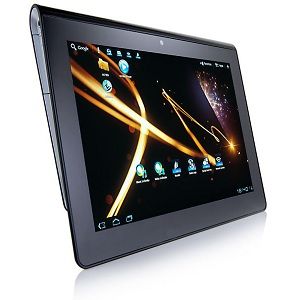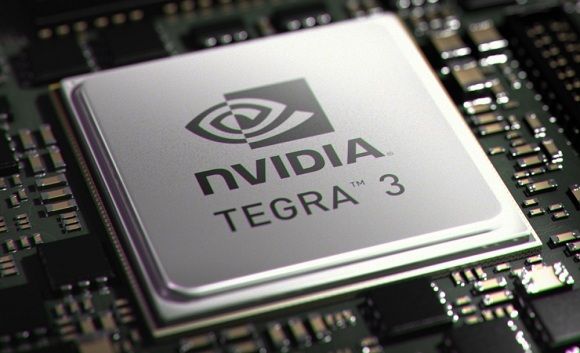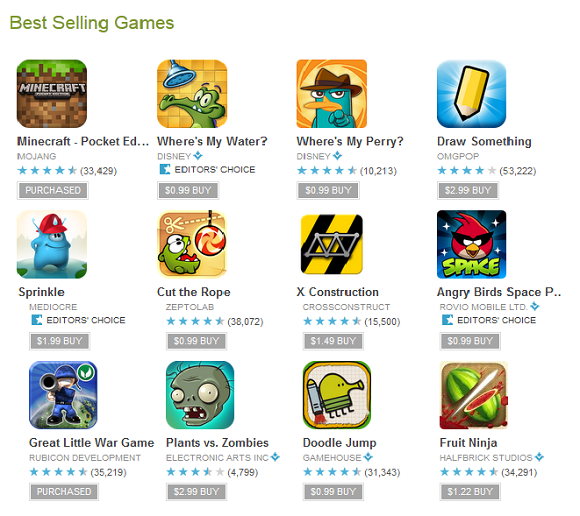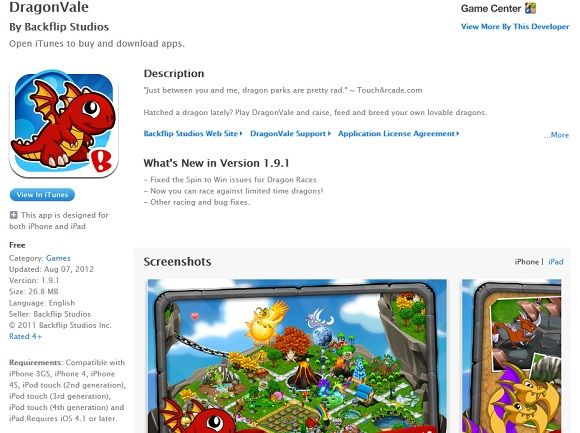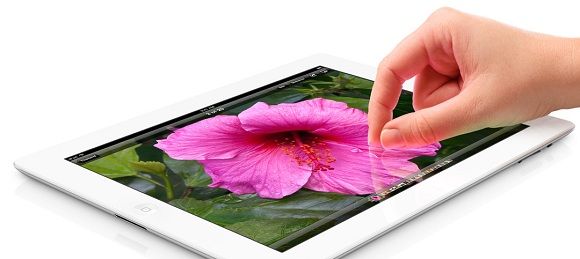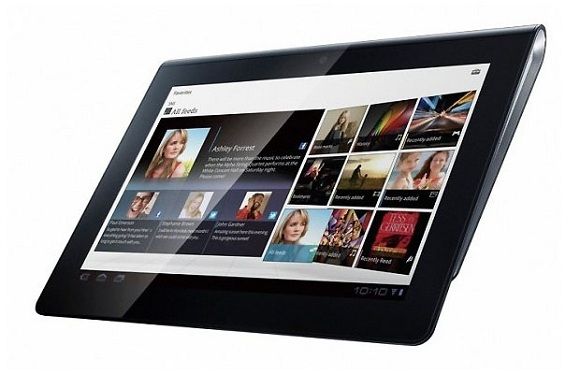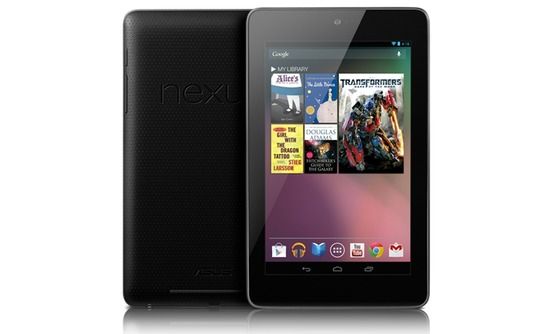Mobile gaming is kind of a big deal. Most games available for tablets aren’t as long as the best titles for handheld consoles, but some are just as deep in both story and mechanics. As for selection, well, there’s just no way Nintendo or Sony can compete with the iOS and Android app stores.
Even some hardcore gamers are now turning to tablets as an alternative to handheld consoles. Which begs the question - if you care about gaming, what tablet is the best? Is there a major difference between the competitors, or are they all about the same?
Understand The SoC
The hardware in a tablet is generally not user serviceable, but manufacturers usually draw from a similar pool of options. Companies like Nvidia, Qualcomm and Texas Instruments are major players in the tablet space. All of them offer system-on-a-chip (SoC) solutions that are ready for to be inserted into a tablet.
You’ll want to pay close attention to the SoC because it is, for the most part, what determines performance. The SoC includes not only the CPU but also the GPU.
There’s no easy way to tell how quick a SoC will be relative to its peers. There’s a fair bit of difference in per-clock performance between competitors. You also have to consider single, dual or quad core, which is further complicated by the fact that not all apps can handle multiple cores well.
Still, there is some good news. A SoC will perform roughly the same in all tablets that have it, so if you read a review of a tablet that uses a Snotstomper XL400, you can feel confident that another tablet using the same chip will have similar performance. Differences can occur due to custom power profiles, manufacturer over/under-clocking and other factors, but the variance is usually 10 percent or less.
What About RAM?
RAM is important in computers, so some buyers will assume it’s also vital in tablets. I’ve so far not run across any tablet that had trouble running an app due to RAM. Developers seem to be very conservative about its use. Also, because tablets always use solid state storage, there’s not much penalty for having to draw data from long-term memory.
Gaming On Android
The big name in Android gaming is Nvidia. The company has committed to mobile platforms with its Tegra mobile chips. They’re quick and are supported by Nvidia, which has always had good relations with developers. Many Tegra powered tablets ship with an Nvidia sponsored game store that only features apps developed with Tegra in mind.
Another name that’s commonly found inside Android tablets is OMAP, a SoC made by Texas Instruments (yes, the same TI famous for its calculators). This solution is used in many Samsung tablets and the current Kindle Fire. It’s adequately fast, but not nearly as quick as Tegra 3.
Qualcomm has some very good SoC options with fast GPUs, but for they don’t seem to pop up in Android tablets. If you see a Qualcomm powered tablet I suggest you check out a review of its performance, but you’ll probably end up buying one of the many Tegra 3 tablets instead.
Gaming On iOS
If you want to game on an iOS tablet you’re obviously going to end up with an iPad. Your may, however, have trouble choosing between the iPad 2 and the iPad 3.
Apple effectively doubled the performance of its A5 SoC for the iPad 3 by doubling the number of GPU cores. However, much of this performance game is eaten up by the Retina display. Rendering more pixels increases the load on the GPU, and Retina has a heck of a lot of pixels.
The Retina display itself is the iPad 3’s best argument. It displays games with incredible detail and also offers better color reproduction than the panel on the iPad 2.
Still, the iPad 2 is a fine pick if your budget is limited. It will run any game currently on the app store without issue.
The Three Best Choices
Now that I’ve provided an overview, let’s get down to the specifics - the three best gaming tablets on the market today.
Apple iPad 3 aka The New iPad
The iOS environment is a great boon to the tablet gamer. Game usually come out for iOS first, and Android later. Games also tend to run better on the iPad because the developers only have to code for a few devices with extremely similar hardware.
With that said, don’t discount the hardware. The display on the iPad 3 is amazing. It’s crisp, offers excellent color reproduction and features deep black levels. This is enhanced by the A5X, which features the most powerful GPU on any tablet sold today.
Sony Tablet S
Like some other Sony devices, the Tablet S is Playstation Certified. This means it will be able to run Playstation Mobile games, giving gamers another source of high-quality titles. You’ll be able to play games like WipEout and DYAD, among many others. You can even play them by pairing the tablet with a wireless PS3 controller.
The tablet also features a “TruBlack” display. It provides excellent black levels, which results in good image quality.
The main downside is the use of the older Tegra 2 SoC. This hampers performance in theory, though the tablet should be able to handle modern Android titles.
Google Nexus 7
It’s hard to beat the value presented by the Nexus 7. For $200 you can have a tablet with the same Tegra 3 SoC found in other larger, more expensive tablets. It provides the same performance at a much lower price.
Another benefit is the display. Color reproduction and black levels are not the best, but it does offer a 216 pixels per inch, which not far off what Apple offers with its Retina display.
Some gamers may be turned off by the size. A 7” tablet is quite a bit smaller than a 10” one. This can also be a boon, however, because the tablet is lighter and easier to handle. That makes the tablet easier to use for long periods of time.
Conclusion
Here’s the summary checklist for buying a gaming tablet.
- Check the performance of the SoC.
- Consider display quality.
- Research game selection and peripheral compatibility.
- Look at size and weight (lighter, thinner tablets are often more comfortable).
If you remember these four points before you make your purchase you should be happy with the product. Don’t worry much about interface customizations, camera quality or even audio quality (you can always wear earplugs, and probably will if you game outside your home).
What do you think is the best tablet for gaming? Let us know in the comments.

